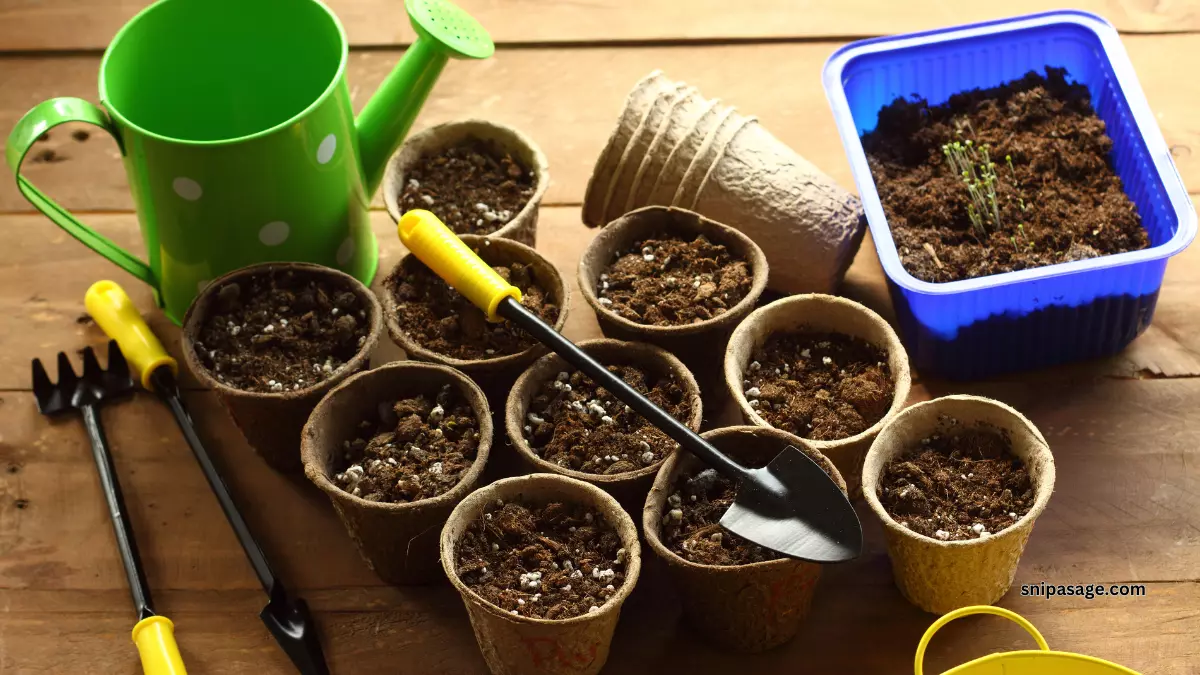Growing winter carrots is exciting, and for them to thrive, they need the right soil conditions. As a dedicated gardener, you want to give them the best environment possible. When cultivating winter carrots, select the best soil for winter carrots.
Winter carrots are an excellent addition to your garden, giving you a fresh and crunchy harvest in the colder months. But the key to their success lies in the soil you plant them in. Let’s explore how to pick the perfect soil to make sure your winter carrots grow beautifully.
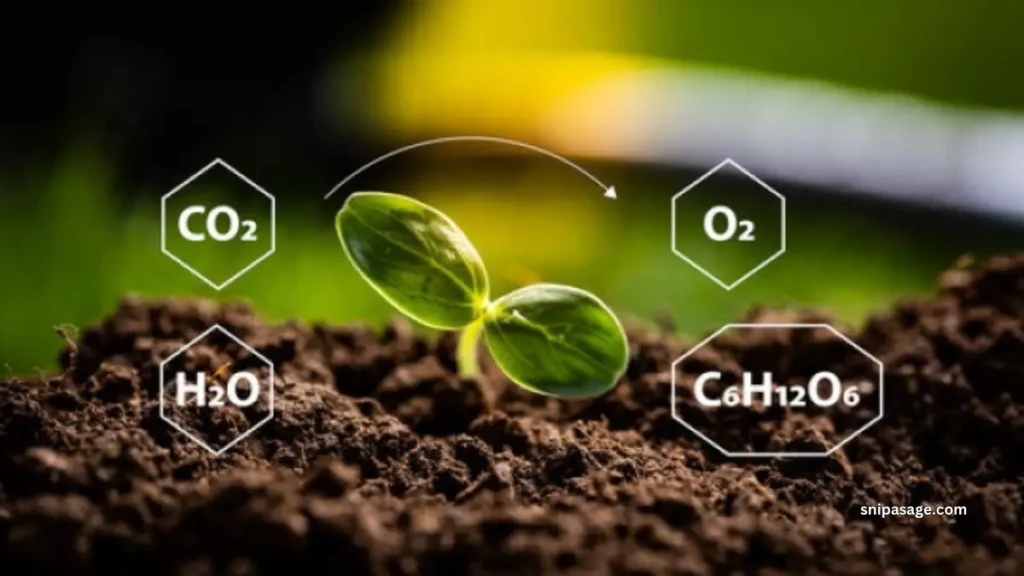
Essential Soil Characteristics:
For your winter carrot bed to do well, focus on the soil. It needs to drain well and have good airflow.
Also, make sure it’s full of organic stuff that gives carrots the nutrients they need to grow strong. Keep the soil loose because compacted soil is no good for carrots.
Grassroots anchor in healthy soil and nutrients are absorbed there. Make sure you have enough potassium and nitrogen in your soil so carrots grow well.
pH Levels and Winter Carrots:
Knowing your soil’s health and nutrients is essential. Keeping the soil pH right is key to growing winter carrots. A pH of 6.0-7.0 will provide carrots with the nutrients they need. Test the soil regularly to check and adjust the pH if needed. The best soil for winter carrots should maintain a pH level between 6.0 and 6.8, providing an optimal environment for their development.
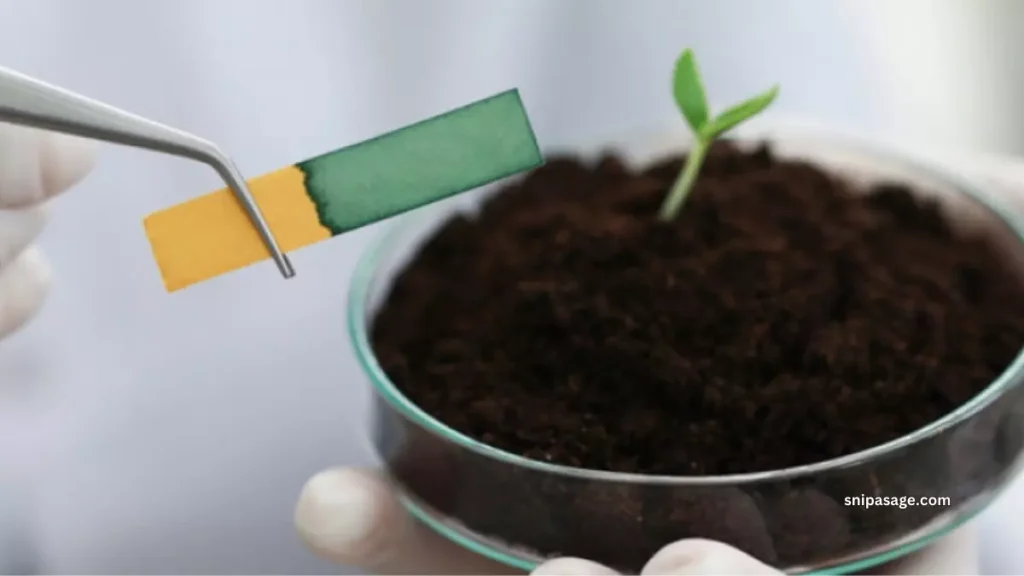
To help, use things like compost and manure, which are organic and keep the pH healthy. Besides improving soil structure, they add nutrients. Incorporating well-rotted compost into the soil is a key practice for creating the best conditions for winter hardy veggies of carrot cultivation.
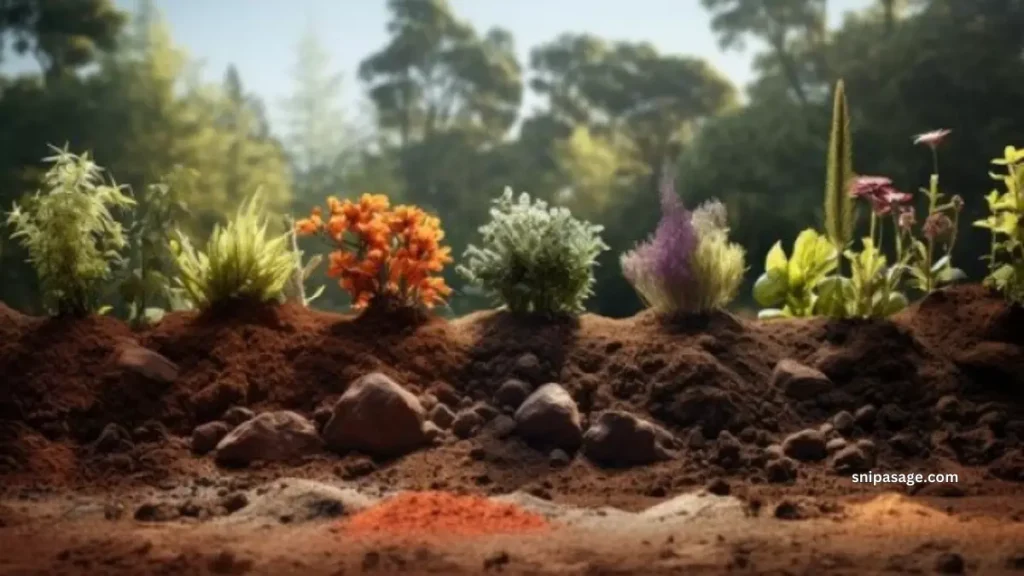
Choosing the Right Soil Type:
Selecting the best soil for winter carrots is crucial for a successful harvest in colder climates.
- Different soils have different abilities to hold water and let it drain.
- Sandy soils let water go quickly but might need more watering. Clayey soils keep moisture but can get too wet.
- A mix called loamy soil is great for winter carrots. It balances drainage and moisture, providing a good home for carrots. It also helps carrots get enough air, which is crucial for their growth.
- Clayey soil can be too dense, restricting the roots. Sandy soils, lacking nutrients, might need extra fertilizers.
- Loamy soils, rich in nutrients, are perfect for carrots to grow well.
- Silty soils, made up of tiny particles, let water drain well and keep nutrients, making them great for specific plants.
- Acidic soils, with their lower pH, are perfect for plants like rhododendrons and blueberries to grow well.
Soil Preparation
Use nutrient-rich soil for healthy plants. Prepare the good soil diligently before planting winter carrots. Remove debris, break up compacted soil, and incorporate organic matter. Seeds germinate more quickly this way, and roots grow more quickly too. Organic matter-rich soil is the best soil for winter carrots, as it promotes nutrient availability and microbial activity.
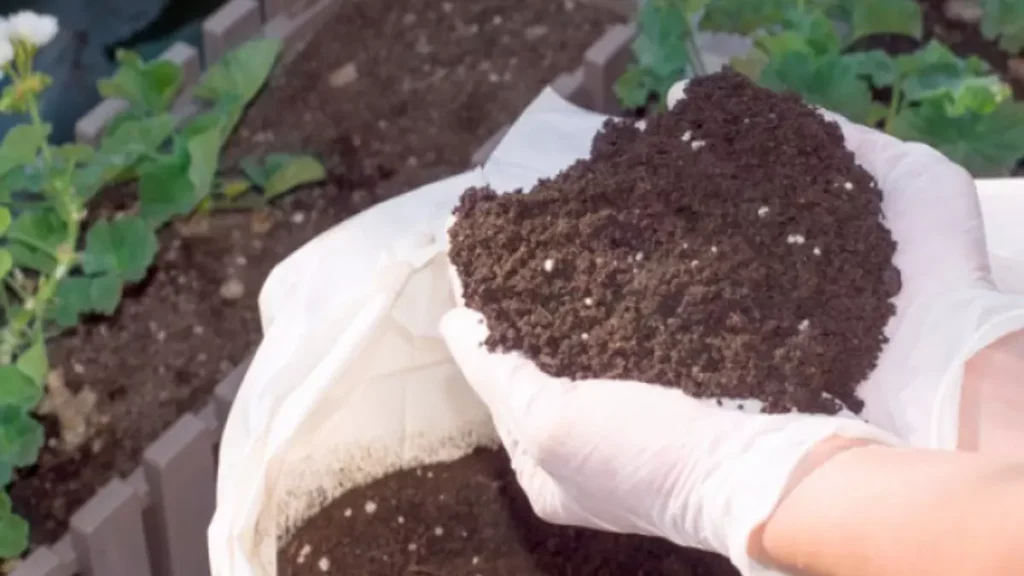
Early Planting Conditions:
Spring planting brings a burst of life to the garden as new seeds take root and bloom. You can plant carrots early in January if the ground isn’t frozen or if you’re using greenhouses or covered beds.
Transplanting to Best Soil for Winter Carrots:
Plant carrots where you intend to harvest them because they prefer to stay in one place. Containers with a depth of 12″ to 18″ are suitable for their growth. Carrots prefer loose, sandy soil. Water them regularly and ensure they receive full sunlight.
Timing for Outdoor Planting:
If you’re planting outside without cover, wait about 5 weeks before the last expected frost. Before putting plants outside, toughen them up by gradually getting them used to outdoor conditions. This takes a few days. To keep things moist and shield them from the freezing temperatures, use mulch – it’s a good idea!
Year-round Growth:
Carrots are easy to grow throughout the year, but their success depends on having healthy soil conditions. Carrots require well-drained, loose soil that is high in organic matter. They also need a sunny location and regular watering. The best soil for winter carrots possesses a light, friable texture, allowing the roots to penetrate easily and facilitating unimpeded growth.
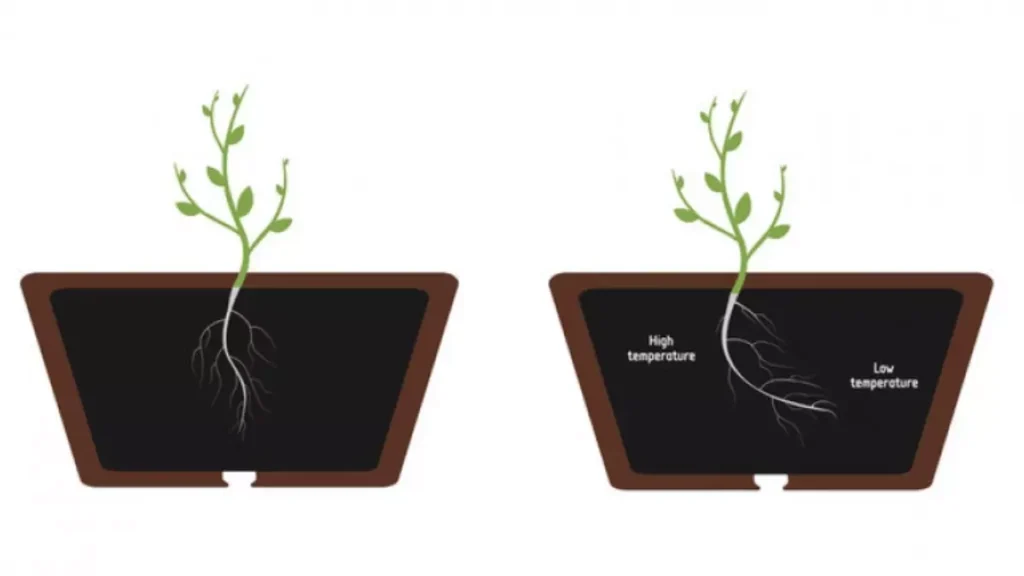
Optimal Soil Temperature:
- The ideal soil temperature for planting carrot seeds is around 40 degrees Fahrenheit. Carrots grow best when you keep the soil moist but not soggy, as they prefer cooler temperatures.
- Carrot seeds may struggle to grow roots in warm soil, but with patience and care, you’ll soon have a bountiful harvest.
Soil Preference:
- Carrots thrive in loose, sandy soil that provides ample space for their roots. Soil with stones or clumps may lead to stunted or misshapen carrots. Carrots also prefer full sun and well-drained soil. Carrots should be grown in containers that drain properly.
A fertile soil Caution:
- Don’t use fertilizers with lots of nitrogen; it can make roots go in weird directions. Instead, try using old coffee grounds – they work well.
- Compost is another good choice; it adds nutrients to the soil and keeps things nice and moist.
Enhancing Soil Structure:
- Mixing in sand and peat moss makes the soil nice and light for carrots. They like fertilizer and compost regularly. Soil moisture determines plant growth.
- To grow in a fertile environment, plants need organic matter in the soil.
- Planting green manures like clover or alfalfa and then mixing them into the soil makes the soil better by adding good stuff to it.
Importance of Good Drainage:
The ideal soil for winter carrots should be well-draining to prevent waterlogging during the cold months. Sandy loam is considered the best soil for winter carrots, providing the necessary drainage and aeration. And also have to remember:
- Carrots don’t like too much water, as it makes their roots thin and hairy.
- For winter carrots, use raised beds or containers with good drainage.
- Plant them in sandy soil to avoid root rot.
- Water them regularly, but not too much.
- Mulch carrots to keep moisture in and prevent weeds.
- Harvest them when they’re ready to avoid them becoming tough and unpleasant.
Temperature Tolerance:
- Carrots thrive in temperatures below 40 degrees Fahrenheit, handling frost well. They’re good for areas with mild winters. While they can endure drought, they need regular watering in warm weather.
- You can grow carrots in containers if they’re deep enough. Raised beds work too, as they’re easier to manage. Raised beds filled with a well-balanced mixture of topsoil and compost are widely recognized as the best soil for winter carrots.
Germination in Cold Weather:
- Carrot seeds may take time to sprout in colder weather, but these cool temperatures are essential for developing sweet and well-shaped roots.
- The best soil for winter carrots should warm up quickly in the spring, encouraging early germination and growth.
Maturity Duration:
- Different carrots and locations mean they might take 2 to 4 months to fully grow. Do not wait until the carrot roots become woody before harvesting them.
- For good growth, carrots need the right soil, temperature, and sunlight. In the right conditions, they take 2 to 4 months to reach full size. Harvest at the right time for the best flavor and texture.
Mulching Techniques
Mulching serves as a protective blanket for winter carrots. It helps regulate soil temperature, conserves moisture, and suppresses weeds. Consider using straw, leaves, or other organic materials as mulch, applying it evenly across the carrot bed.
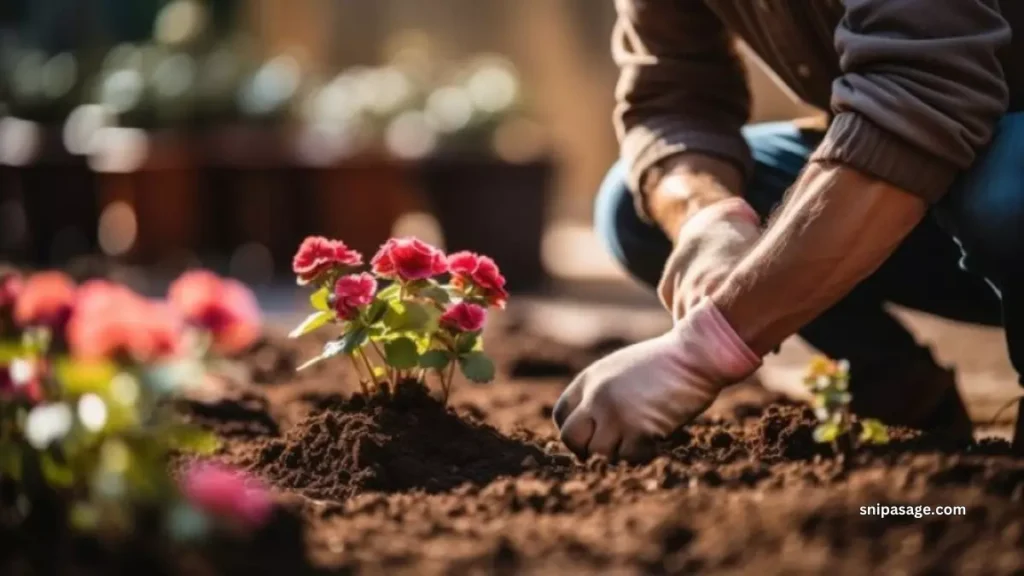
Protecting Carrots from Frost
Protect your carrots from winter frost by covering them with blankets or using row covers. Plant them in raised beds for better drainage and less risk of frost damage. These winter covers idea make a warm barrier, shielding plants from frost. Raised beds also warm the soil, preventing carrots from freezing. To achieve the best results, it’s crucial to determine the specific characteristics that make the best soil for winter carrots.
Companion Planting for Winter Carrots
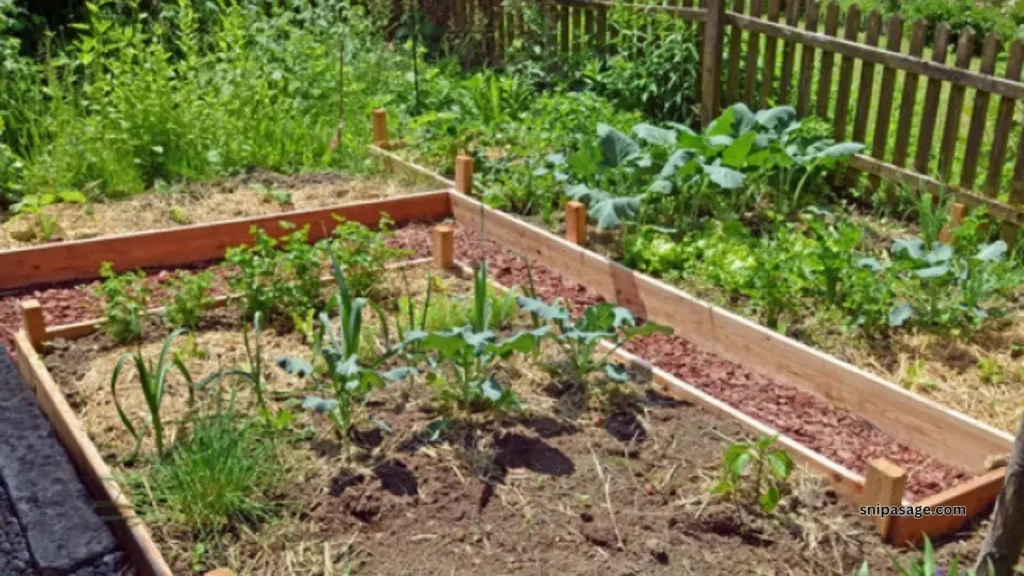
Help your winter carrots by planting strategic companions. Garlic and onions keep pests away, and legumes help the soil. Plan your garden layout to make the most of these helpful relationships. Companion planting also means less need for chemicals.
Plus, these companion plants give shade and shelter to keep your carrots cool and dry.
Common Soil-related Challenges
- Plant carrots in soils lack nutrients, have an imbalanced pH level, and have been cramped.
- Check the soil regularly and fix issues on time. Test the soil to catch any problems early.
- Add organic matter to make the soil better and weed and mulch to control weeds and keep the right pH.
- Prevent root issues and diseases by properly watering the soil.
Best Practices for Soil Maintenance
Healthy soil must be maintained throughout the growing season. To keep the soil healthy, rotate crops, use cover crops, and disturb the soil as little as possible.
Using grass clippings as mulch or adding them to compost helps the soil get good nutrients, making plants grow well.
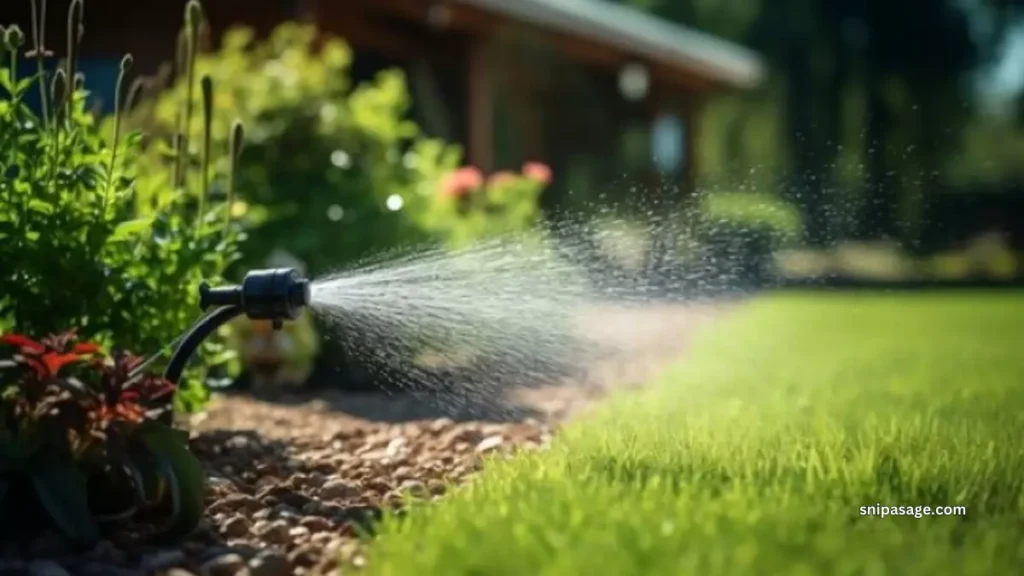
Harvesting and Storing Carrots
Harvest your winter carrots when they reach the desired size, typically after the first frost. Be gentle to avoid damage, and store the harvested carrots in a cool, dark place. Winter supplies can be kept fresh with proper storage.
Conclusion
To sum up, picking the right soil is crucial for a good winter carrot harvest. Having the right soil and knowing what carrots need is essential for your winter garden.
To have a successful harvest, take care of the soil. Test it, use the correct amount of fertilizer, and keep it moist and well-draining for healthy carrots.

